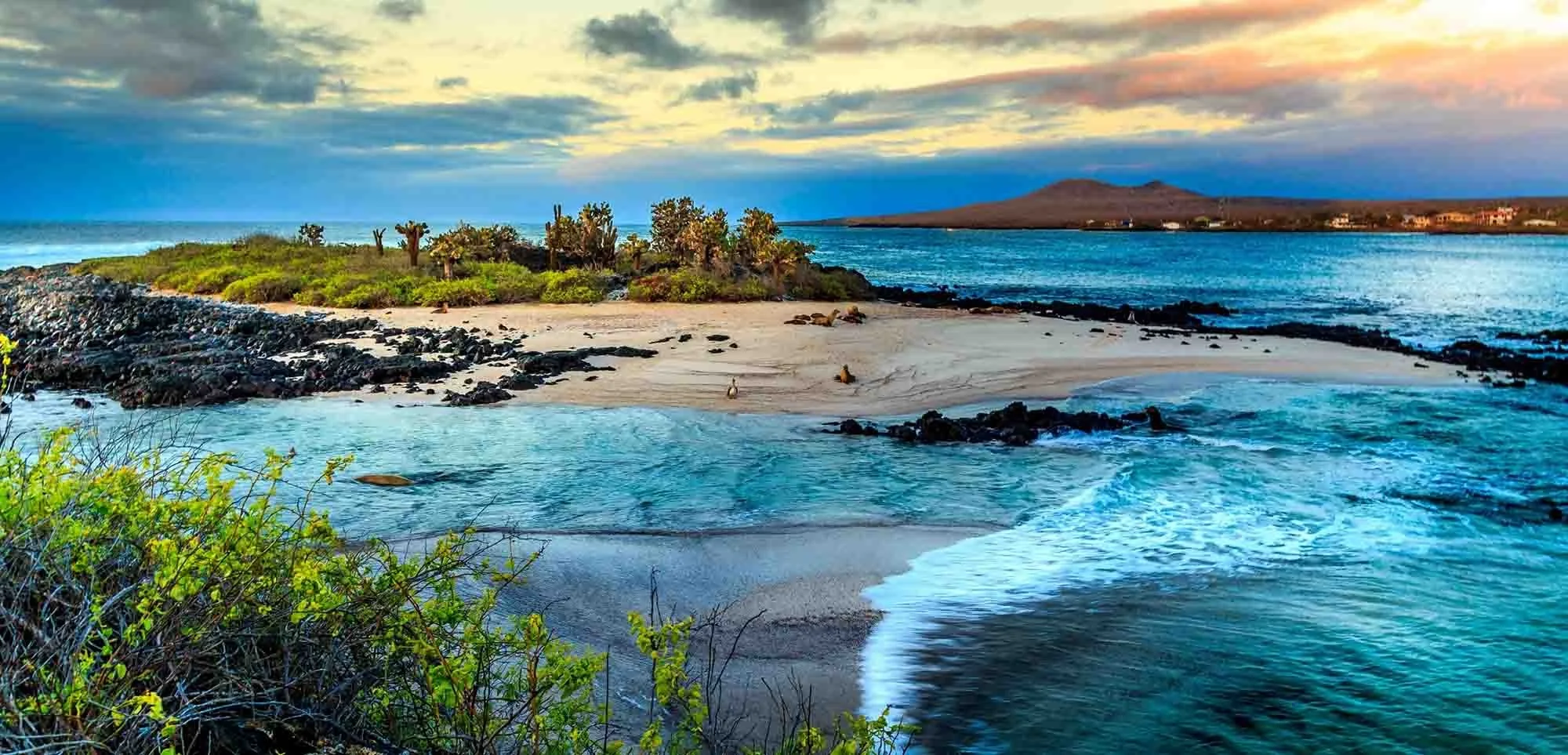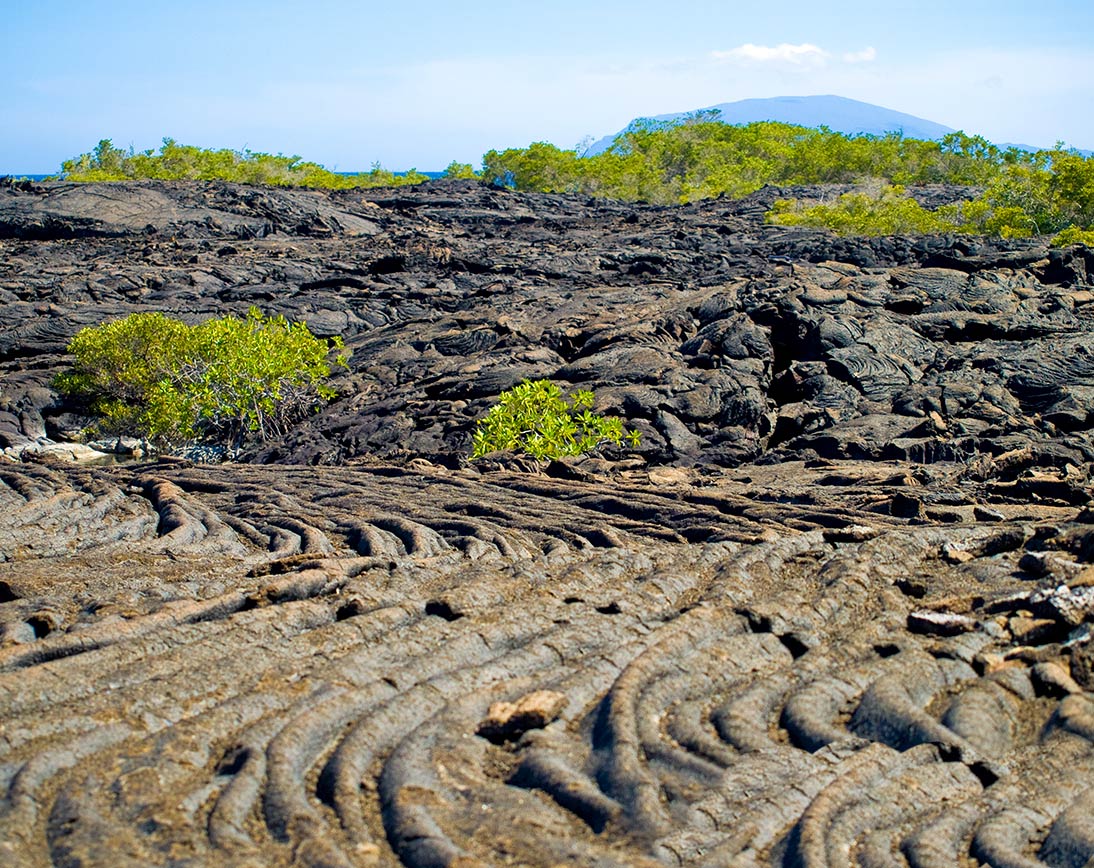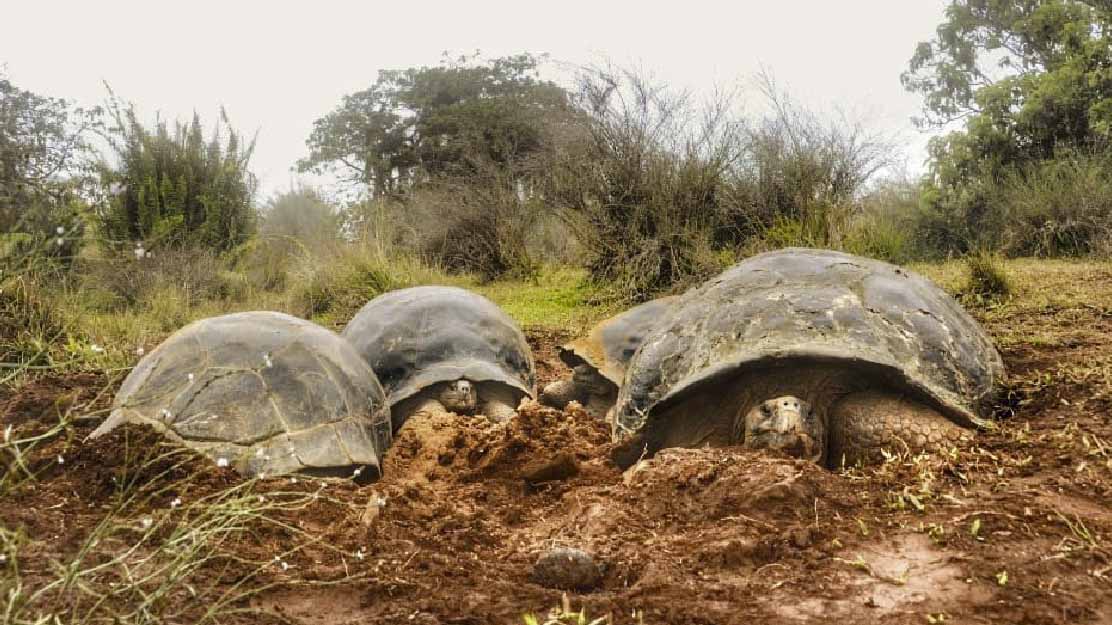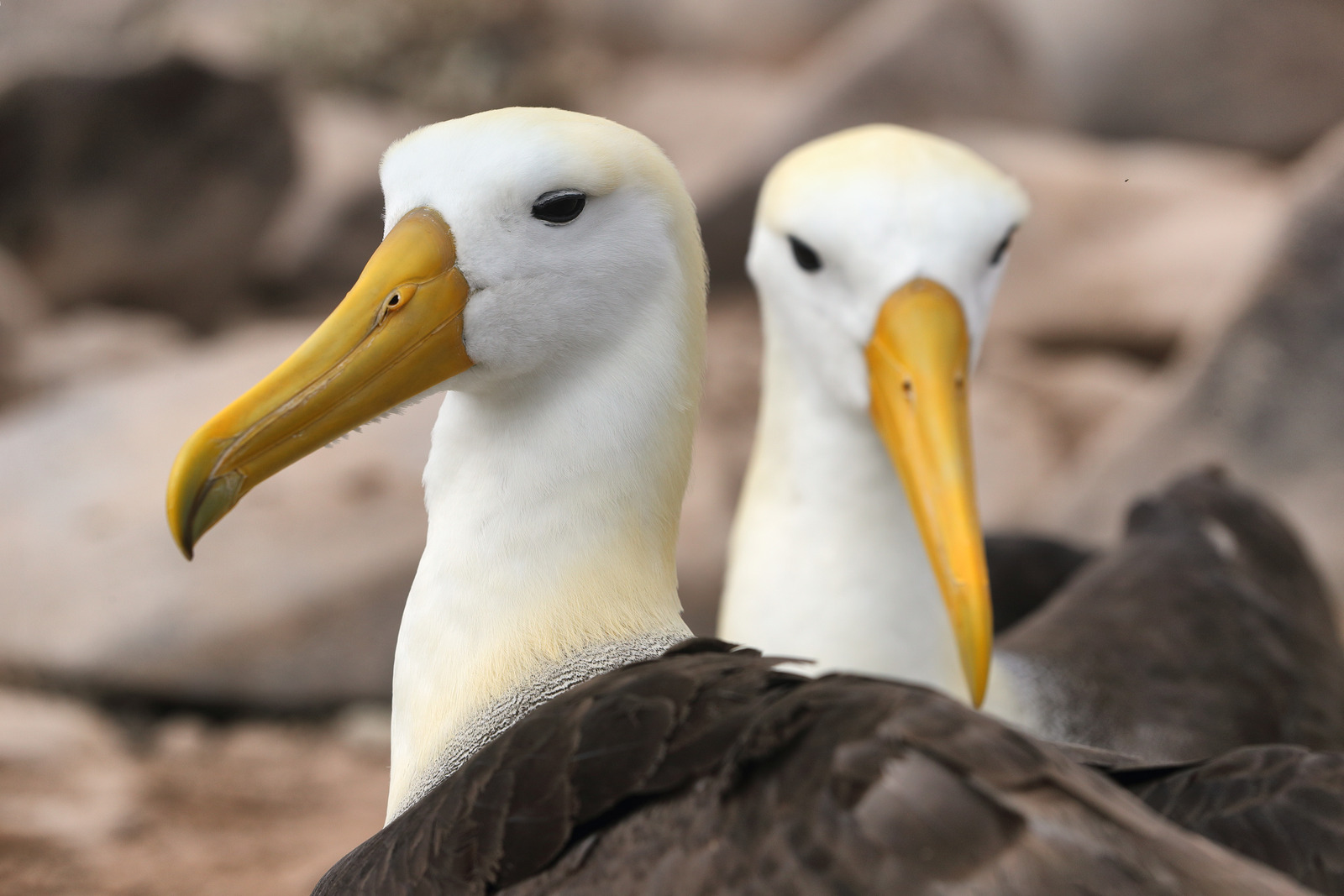
10 Interesting Facts About the Galapagos Islands | Travel Blog
Want to know some interesting facts about Galapagos Islands?
Nestled in the vastness of the Pacific Ocean, the Galapagos Islands have beckoned explorers, scientists, and nature enthusiasts for centuries. This remote archipelago, known for its unparalleled biodiversity and captivating landscapes, continues to mesmerize and inspire all who venture to its shores.
In this article, we embark on an immersive journey to uncover ten intriguing and
lesser-known facts about the Galapagos Islands, unveiling the secrets that have earned it the reputation of being nature's living laboratory.
Table of content
- Top 10 interesting facts about Galapagos Islands
- A Pioneering Destination for Evolutionary Science
- A UNESCO World Heritage Site and Biosphere Reserve
- Isolation and Endemism
- A Geological Wonderland
- Underwater Marvels
- Conservation Efforts and National Park
- The Enigmatic Galapagos Tortoise
- Rich Birdlife
- Charles Darwin Research Station
- Responsible Tourism
- Frequently asked questions
- Why are the Galapagos Islands famous in the world of science?
- What makes the Galapagos Islands a UNESCO World Heritage Site?
- Are there any species unique to the Galapagos Islands?
- How do the Galapagos Islands contribute to conservation efforts?
- What are some of the unique geological features of the Galapagos Islands?
- Conclusion
Top 10 interesting facts about Galapagos Islands
1. A Pioneering Destination for Evolutionary Science
The Galapagos Islands hold a unique place in the history of evolutionary science. During his voyage on the HMS Beagle in 1835, Charles Darwin explored the archipelago and observed various species with distinct adaptations to their environments. This pivotal experience led to his revolutionary theory of evolution by natural selection, forever connecting the islands to the science of evolution.

2. A UNESCO World Heritage Site and Biosphere Reserve
Recognizing the archipelago's ecological importance, the Galapagos Islands were designated a UNESCO World Heritage Site in 1978. This prestigious title underlines the islands' significance in global biodiversity conservation. Additionally, the islands have been recognized as a UNESCO Biosphere Reserve, emphasizing the delicate balance of their ecosystems.
3. Isolation and Endemism
Isolation played a significant role in shaping the Galapagos' unique biodiversity. Due to their remote location, species that reached the islands faced little competition and evolved independently, leading to a high degree of endemism. Over 30% of the species found in the Galapagos are endemic, meaning they are found nowhere else on Earth.

4. A Geological Wonderland
The archipelago's volcanic origins provide a fascinating glimpse into the Earth's geological history. The islands are a result of volcanic eruptions and tectonic movements, which have given rise to diverse landscapes, including towering volcanic peaks, lava fields, and captivating lava tunnels.

5. Underwater Marvels
While the Galapagos Islands are renowned for their terrestrial wonders, their marine realm is equally captivating. The underwater world surrounding the islands teems with life, attracting divers and snorkelers from around the globe. Diverse marine life, including playful sea lions, schools of colorful fish, and graceful rays, add to the allure of these waters.

6. Conservation Efforts and National Park
Recognizing the fragility of the ecosystems, the Galapagos National Park was established in 1959 to safeguard the islands' unique biodiversity. Conservation efforts are aimed at protecting the native species, controlling invasive species, and promoting sustainable tourism practices.
7. The Enigmatic Galapagos Tortoise
One of the most iconic inhabitants of the Galapagos Islands is the giant tortoise. These gentle giants can live over 100 years and are the largest tortoises in the world. Their name "Galapagos" is derived from the Spanish word "galápago," meaning tortoise.

8. Rich Birdlife
The Galapagos Islands are a paradise for birdwatchers, boasting over 50 species of birds found nowhere else on the planet. From the famous blue-footed booby to the magnificent waved albatross, bird enthusiasts are treated to unique avian encounters.

9. Charles Darwin Research Station
Located on Santa Cruz Island, the Charles Darwin Research Station is a hub for scientific research and conservation efforts. The station plays a crucial role in monitoring the islands' biodiversity, protecting endangered species, and educating visitors about conservation initiatives.

10. Responsible Tourism
Sustainable tourism is the key to preserving the Galapagos' delicate ecosystems. The islands have implemented strict regulations to minimize human impact, including controlled visitor access to certain sites and adherence to eco-friendly practices.
Frequently asked questions
Why are the Galapagos Islands famous in the world of science?
The Galapagos Islands are renowned in the scientific community for their crucial role in inspiring Charles Darwin's theory of evolution by natural selection. Darwin's observations of unique species and their adaptations during his visit to the islands in 1835 played a pivotal role in the development of his groundbreaking work.
What makes the Galapagos Islands a UNESCO World Heritage Site?
The Galapagos Islands were designated as a UNESCO World Heritage Site in 1978 due to their exceptional ecological significance. The archipelago's pristine ecosystems, rich biodiversity, and high level of endemism make it a living laboratory for the study of evolution and a vital conservation area.
Are there any species unique to the Galapagos Islands?
Yes, the Galapagos Islands boast a high degree of endemism, meaning several species are found nowhere else on Earth. Notable examples include the Galapagos giant tortoise, marine iguana, Galapagos penguin, and waved albatross.
How do the Galapagos Islands contribute to conservation efforts?
The Galapagos National Park implements strict conservation measures to protect the islands' unique flora and fauna. Efforts include controlling invasive species, managing visitor access, and conducting scientific research at the Charles Darwin Research Station.
What are some of the unique geological features of the Galapagos Islands?
The Galapagos Islands showcase a variety of intriguing geological features, such as volcanic peaks, lava tunnels, and craters. The islands were formed by volcanic eruptions over millions of years, leaving behind stunning landscapes that have shaped the islands' distinct ecosystems.
Conclusion
The Galapagos Islands remain a living testament to the forces of nature and the significance of conservation. These ten intriguing facts unveil the archipelago's unique evolutionary history and its role as a sanctuary for biodiversity. As travelers and stewards of our planet's natural wonders, we carry the responsibility of preserving this ecological jewel for generations to come.
The Galapagos Islands stand as a symbol of hope and inspiration, encouraging us to protect and cherish the unparalleled marvels of our planet's diverse landscapes.
Check Our Suggested Tours:
- 5 days – Central Islands
- Top Galapagos Cruise for Nature Lovers and Adventure Seekers
- San Cristobal, Española & Santa Cruz Islands short cruise Horizon
- Discover the Galapagos Islands in a Cruise with Style
- Galapagos tours & Cruises West Islands + Genovesa Circuit Endemic Catamaran
- Galapagos Luxury Cruise: Unforgettable Adventures in Ultimate Comfort
Check Our Galapagos Cruises:


